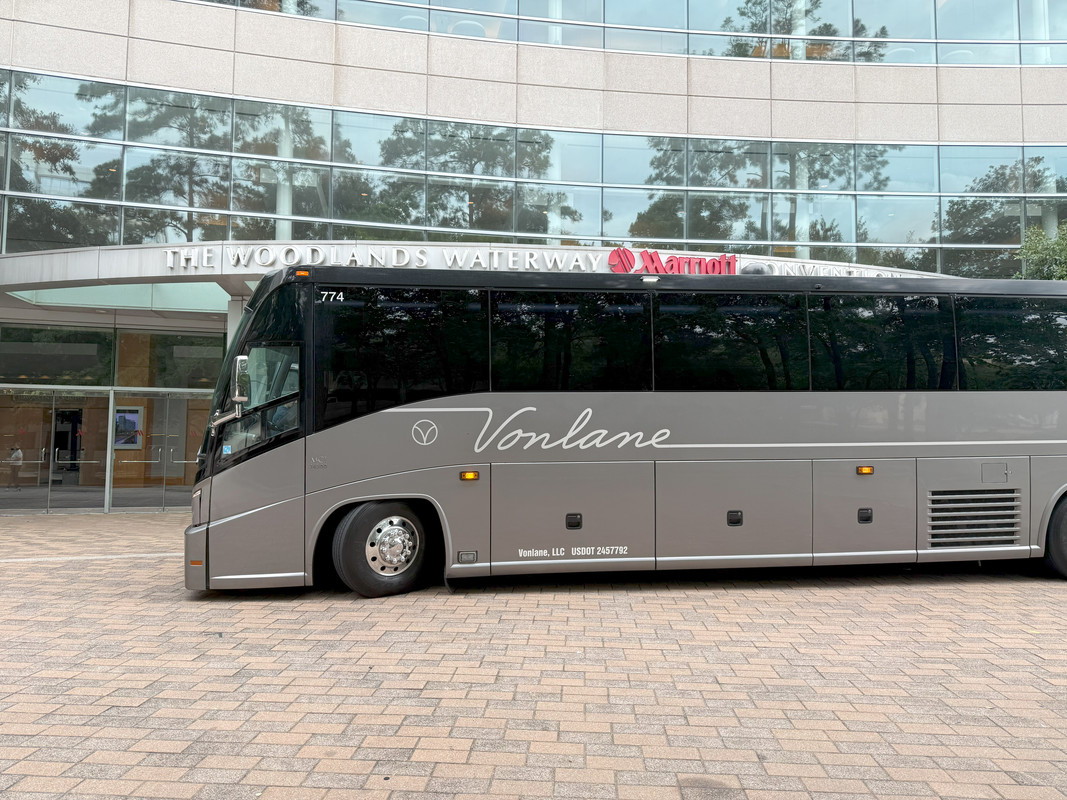
Regional business travel has always existed in a kind of no man’s land. It is too short to justify the inconvenience of air travel, yet too long to make driving a comfortable or productive option. For years, this segment remained under-optimized and underserved. However, the pandemic triggered a structural shift in how professionals view travel, mobility, and time.
With fewer centralized offices and more flexible work environments, there is now a growing need to reimagine how regional travel works. This reimagined approach is built not just in terms of speed, but in terms of utility, comfort, and flow.
This is the context in which companies like Vonlane have emerged as meaningful participants in the transformation of business mobility. Rather than branding themselves as luxury transportation services, their core value lies in the redesign of what regional travel can actually look and feel like.
The Inconvenience of Convenience
In the past, flying was viewed as the default mode for any business trip over two hours. The assumption was simple: flying is faster. But the actual experience of short-haul flights reveals a different truth. By the time you factor in security lines, gate delays, last-minute boarding changes, and the journey to and from airports, the supposed speed advantage of air travel often vanishes. For routes within 200 to 400 miles, the total travel time by air can rival or even exceed a streamlined ground option.
More than the time lost, there is the toll on cognitive bandwidth. Each segment of a traditional short-haul journey introduces friction: crowds, noise, uncertainty, and procedural overhead. For business travelers who need to arrive focused and ready to work, this fragmented experience erodes both productivity and well-being.
A Model of Intentional Efficiency
Vonlane’s approach targets this overlooked space with quiet precision. Their motorcoaches are configured not for volume but for comfort, with just 22 first-class seats per bus. Wide leather seats, personal power outlets, hot towel service, and onboard attendants reflect not opulence but intentional design.
These amenities are there to protect attention and restore a sense of calm. In this business where professional stamina is constantly tested, this initiative matters more than ever.
What stands out is how the model flips the hierarchy of travel values. Instead of chasing raw speed, it optimizes for continuity. Passengers can board from a hotel terminal, settle in, and use the uninterrupted ride to work, rest, or simply decompress. There is no Wi-Fi that cuts out at 30,000 feet. No tray tables crammed against knees. No need to power down devices for takeoff. It is not just about movement, but the quality of the time spent in transit.
Comparing the Landscape: Grounded in Value
When evaluated objectively, the executive motorcoach model challenges more than just airlines. It also presents a viable alternative to self-driving or car rentals. While driving can offer freedom of mobility and flexibility, it typically renders the entire travel period unproductive. There is also the issue of fatigue, fuel, parking, and weather unpredictability.
In contrast, motorcoach travel merges autonomy with rest. Travelers are not passive passengers but active participants in how they use their transit time. This can be particularly appealing for professionals in consulting, finance, legal, and healthcare – industries where face time still matters, but the quality of presence matters even more.
Cost is another point worth addressing. Short-haul flights often carry hidden fees for baggage, seating, and changes. Car rentals come with insurance add-ons, mileage limits, and fuel surcharges. Vonlane’s fare structure is single-price, with optional parking at hotel terminals. The predictability of cost and schedule introduces a sense of order that is rare in other travel formats.
Implications for a Decentralized Workforce
The resurgence of regional travel is not a temporary trend. As corporate footprints continue to expand beyond legacy hubs, employees and executives are moving between smaller cities with growing regularity. Hybrid offices, client site visits, and inter-regional team building all require mobility solutions that are both reliable and human-centered.
Cities like Austin, Dallas, Nashville, and Atlanta are no longer considered secondary markets. They are central to new business ecosystems. As these cities rise in economic relevance, the arteries connecting them must also evolve. Vonlane’s presence in these corridors reflects a strategic insight: regional connectivity is now a core infrastructure layer in the knowledge economy.
A Look Forward
The conversation around mobility has long been dominated by metrics like miles per hour and cost per mile. But there is a deeper layer emerging on how travel impacts mental bandwidth, interpersonal readiness, and continuity of work. The redefinition of what constitutes premium travel does not necessarily require more speed or luxury. It requires intentionality.
Vonlane’s model may not be the right solution for every traveler or every city. But it does offer a blueprint for what regional travel could look like if designed from the ground up with productivity, comfort, and simplicity in mind. Since business travelers seek more control and less chaos, that is a conversation worth having.